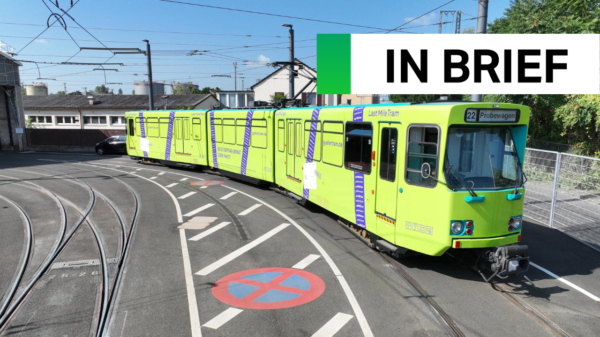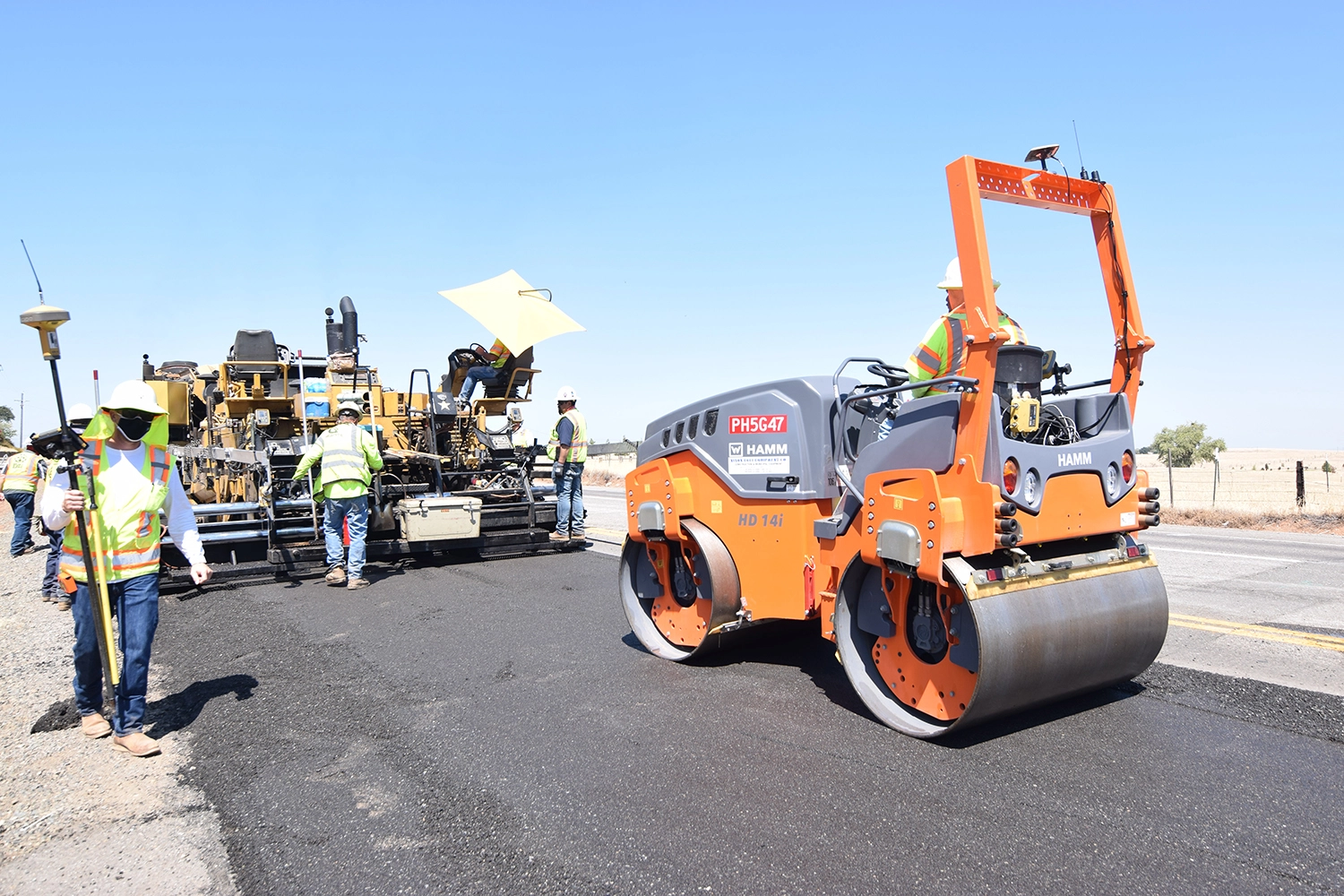Repurposing Plastic Waste in Infrastructure: Opportunities and Obstacles
The Challenge of Plastic Waste Streams
One of the major obstacles identified in their research is the complexity of managing plastic waste streams from municipal solid waste. The mass and composition of plastic waste can vary significantly, making it challenging to establish a consistent and economically viable recycling process.The Promise of Recycling Entire Buildings
Lepech and Li’s research highlights the potential game-changing impact of recycling entire buildings made of polymer composites at the end of their useful lives. By utilizing materials with uniform compositions, the recycling process becomes significantly easier, contributing to a more sustainable circular economyRecommendations for Advancing Plastic Waste Upcycling
The white paper by Lepech and Li proposes several key recommendations to advance plastic waste upcycling in infrastructure applications. These recommendations include improving waste sorting practices, encouraging and supporting plastic upcycling innovation, establishing a performance database for specific plastic blends, and developing predictable models for material durability under different use conditions.The Circular Economy and Plastic Waste Upcycling
Creating Value by Meeting Performance Requirements
Upcycling recycled plastics Infrastructure exemplifies how creating value aligns with creating demand. By ensuring that recycled plastic-blend construction materials meet performance requirements and maintain lower environmental impacts than conventional materials, the circular economy model fosters sustainability and economic viability.Environmental and Business Advantages
The upcycling of plastic waste into infrastructure materials offers numerous environmental and business advantages. Companies involved in the circular economy value chain may benefit from regulatory advantages, operational efficiencies, and reduced risks of environmental emergencies. Moreover, targeting markets that value environmentally friendly or sustainable products can lead to significant growth opportunities.Real-World Application: Plastic Waste Roads and Buildings
A Collaborative Approach to Sustainable Infrastructure
In collaboration with the Missouri Department of Transportation (MoDOT), researchers from the Mizzou Asphalt Pavement and Innovation Lab (MAPIL) are pioneering the use of recyclables, including plastic waste, to enhance the sustainability of asphalt mixes in road construction. Through a real-world test road project along a portion of Interstate 155 in the Missouri Bootheel, the research aims to reduce landfill waste and environmental leakage while improving the durability of roads.A Versatile and Scalable Solution
According to MAPIL's research, using recycled materials in asphalt mixes, such as used tires and plastic waste, offers a flexible and scalable solution for improving the sustainability of road infrastructure. This method allows for the easy incorporation of recyclables directly into the asphalt mixture, leading to cost-effective and environmentally conscious road construction practices.Conclusion
The transformative potential of reusing plastic waste in infrastructure is undeniable. Pioneering research by engineers like Michael Lepech and Zhiye Li and institutions like the University of Missouri is driving innovative solutions to create more sustainable, durable, and environmentally friendly roads and buildings. By embracing the circular economy model and adopting upcycling practices, we can shape a future where plastic waste is not a burden on the environment but a valuable resource in building a more sustainable world.


































